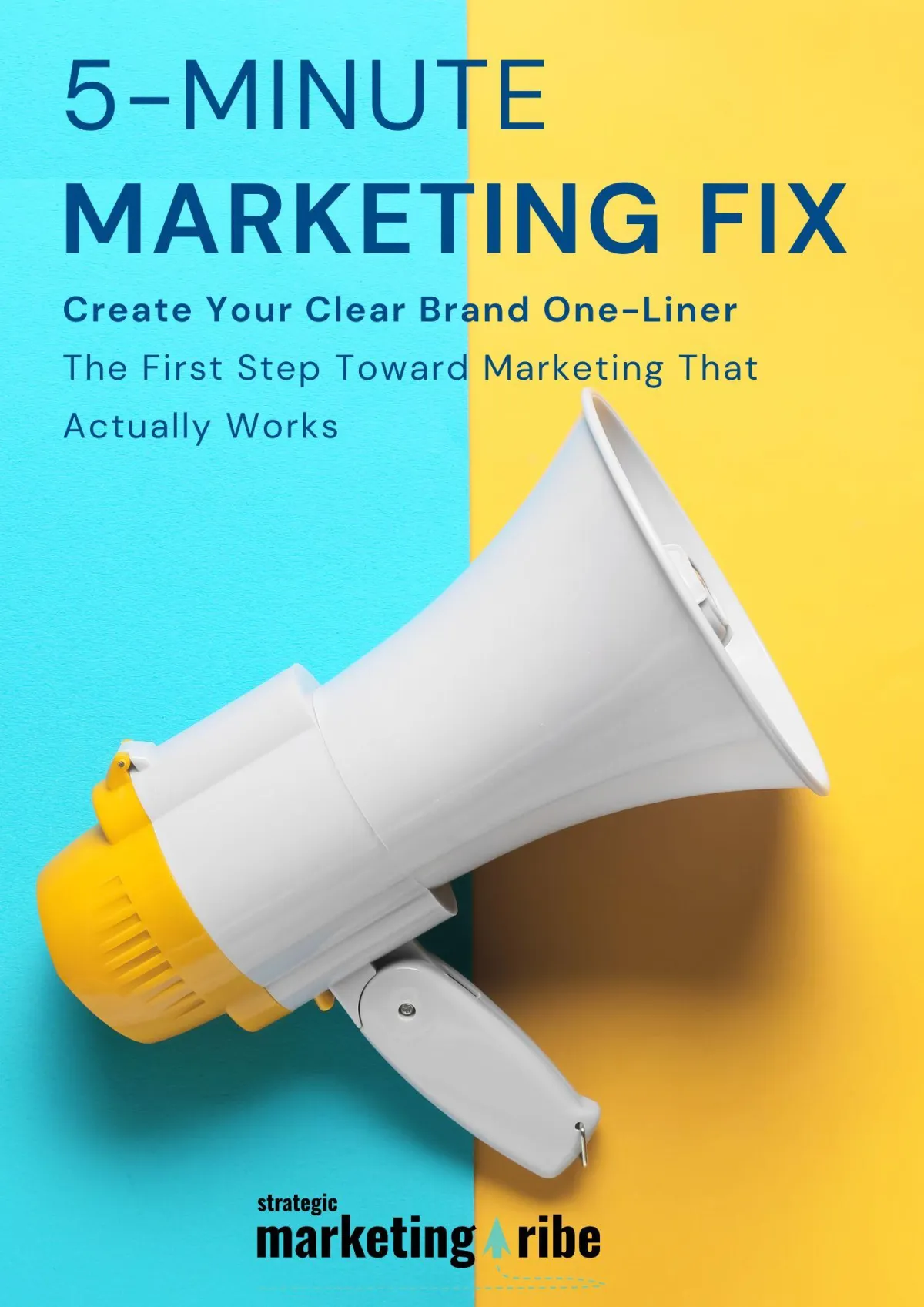NEWS, MEET STRATEGY
Real news, real insights – for small businesses who want to understand what’s happening and why it matters.

AI Can’t Replace Expertise—Tea Data Breach Proves It
By Vicky Sidler | Published 11 August 2025 at 12:00 GMT
When a platform designed to protect women ends up putting them in danger, it’s not just a bad headline—it’s a full-on credibility implosion.
Recently, Tea, a women-focused dating-safety app with 4 million downloads, confirmed that 72,000 user images—including 13,000 driver’s license selfies—were exposed through an unsecured Firebase storage bucket.
And it wasn’t because hackers pulled off some elite, Hollywood-style breach. It was because the app’s developers skipped basic security steps that any competent engineer—or responsible AI-assisted team—should have caught.
TL;DR
Tea dating app leaked 72,000 user images, including driver’s licenses
Root cause: unsecured Firebase bucket left in “test mode”
No automated checks or cloud logs meant the breach went unnoticed
Consequences include identity theft, stalking risks, and deepfake misuse
Lesson: AI tools can’t replace skilled professionals in critical builds
Need help getting your message right? Download the 5-Minute Marketing Fix.
The Real-World Consequences of Bad Shortcuts:
Tea’s developers left a Firebase storage bucket wide open to public access—meaning anyone could read and write to it.
There were no automated checks to catch the misconfiguration. No cloud audit logs enabled. And to top it off, their Android app had a hard-coded URL that practically handed attackers the keys.
The kicker? This wasn’t a weather app. This was a platform marketed as a safety tool for women.
Those leaked images weren’t just profile pictures—they included government IDs. Many carried hidden EXIF metadata, such as GPS coordinates, which could lead someone straight to a user’s home.
From a criminal’s perspective, this is the jackpot: proof of identity for social engineering scams, raw material for deepfakes that can bypass KYC checks, and location data for stalking.
Why “Shipped Is Better Than Perfect” Backfires:
Somewhere in the decision-making process, speed or cost-saving trumped quality. Maybe AI-generated code sped things along. Maybe the team relied on “good enough” hires to save budget.
But as Jan Moser, the tech consultant who called this out, explained—knowing where the risks are and how to prevent them is the product of skill and experience, not just running code through a compiler.
And this is where the “AI will replace experts” crowd misses the point:
AI can generate functioning code, but not judgment.
It can follow instructions, but only if those instructions account for every risk.
It can’t perform the last-mile critical review that separates “works fine” from “won’t ruin our business when it fails.”
The Business Takeaway for Non-Tech Owners:
You might not be running a dating app, but you are trusting people to build and manage your systems—whether that’s your website, CRM, e-commerce platform, or anything else that holds customer data.
Here’s how to avoid being the next cautionary tale:
1. Vet for Expertise, Not Just Tools:
Ask your vendors or dev team how they handle security, QA, and testing. If their answer is, “We use AI for that,” press further.
2. Demand Automated Safeguards:
Even skilled teams need systems in place—automated code scans, access audits, and error logging.
3. Never Skip the Final Review:
Whether human-written or AI-assisted, code must go through a skilled review process before it goes live.
Marketing Has Its Own Version of This Problem:
Just like in software, marketing shortcuts often end in public embarrassment or lost trust. AI can help you create faster, but if your message is wrong—or confusing—you’re still losing the audience.
If you want to stay trusted in a noisy, fast-moving market, start by making sure your message is rock solid before you automate or outsource.
Try the 5-Minute Marketing Fix:
It’s a free, practical tool to help you explain what you do clearly—so you build trust and grow without costly missteps.
Because “done” is only better than “perfect” when it’s also secure, accurate, and clear.

Created with clarity (and coffee)






